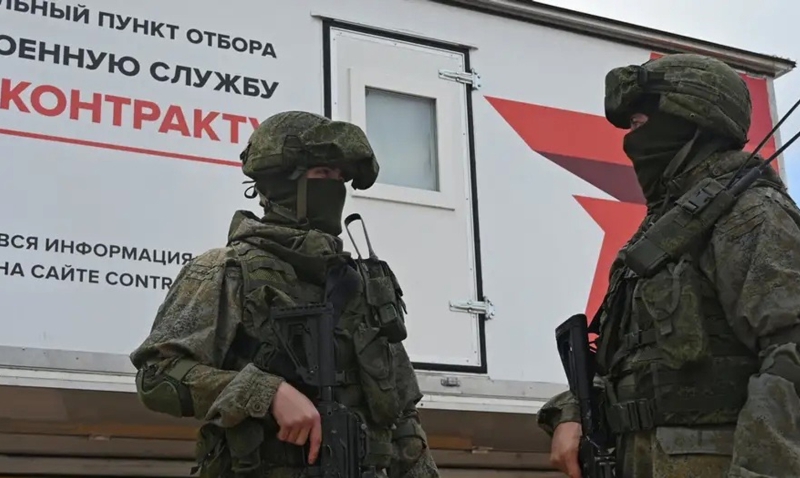Photo: Sergey Pivovarov / Reuters
In many Russian regions, local governments pay out bonuses to recruiters who help persuade prospective soldiers to volunteer for service in Ukraine. According to calculations by the independent investigative outlet Important Stories, of the 11 regions that publicly disclosed information about such outlays, at least 2 billion rubles ($25 million) in taxpayer money has been devoted to such programs. To find money to reward recruiters, most had to draw funds from their reserve budgets.
The official system of recruitment bonuses began operating in the summer of 2024, but even in the spring of that year, regions had begun paying government employees involved in attracting manpower to the army: military enlistment office workers, employees of the Federal Penitentiary Service (FSIN), the police, the Federal Bailiff Service, and the Federal Security Service (FSB). These programs are now active in 31 regions, operating across the entire territory in some and in certain municipalities in others.
The amount of compensation depends on whom the recruiter manages to enlist. Nonlocals and foreign nationals are valued more highly than local residents. In the Ryazan Region, for example, recruiters receive 574,700 rubles ($7,200) for a foreigner from outside the Commonwealth of Independent States (CIS), 80,400 rubles ($1,000) for someone from a CIS country, and 57,400 rubles ($700) for a Ryazan local. However, in “underperforming” areas — such as the municipality of Pelym in the Sverdlovsk Region, which was failing to meet its recruitment target — the rate was raised from 50,000 rubles ($625) to 500,000 rubles ($6,250), even for local residents. In October 2024, authorities in the Samara Region increased the payments to recruiters from 30,000 rubles ($375) per soldier to 100,000 ($1,250)
The biggest spender is the Saratov Region, which allocated 400 million rubles ($5.0 million) from its reserve fund — an amount comparable to the region’s entire program for relocating residents from unsafe housing. The Ulyanovsk region spent 373 million rubles ($4.7 million), the equivalent of all annual bonus payments to rural teachers. The Tver Region spent 352 million rubles ($4.4 million), and the Ivanovo Region 330 million rubles ($4.1 million).
Six of the 11 regions that disclosed spending data used money from reserve funds originally established to address the consequences of natural disasters. Officials cite a presidential directive from February 2023 calling for the army to be brought up to full strength. But it is impossible to determine the full scale of the spending: the remaining regions do not publish such data, and in some places, programs to support recruiters exist only unofficially.

